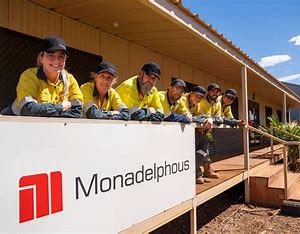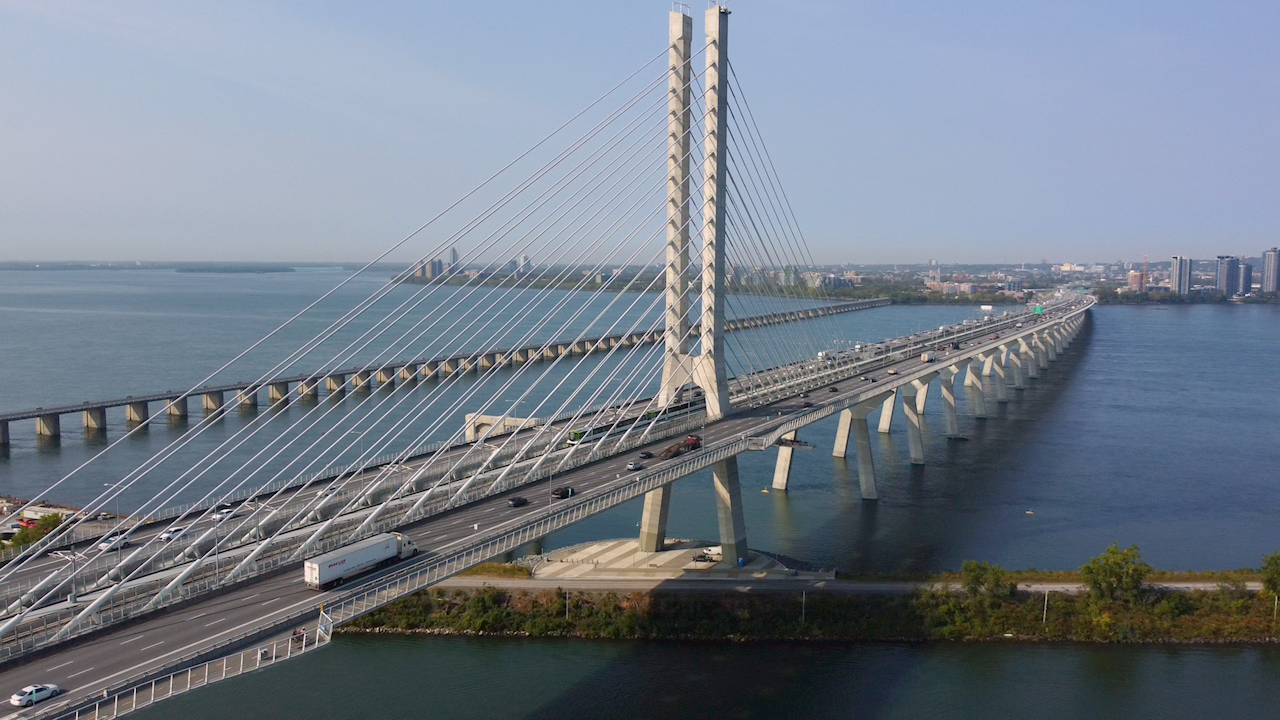
Lockheed Martin has passed a landmark in its F-35 Lightning II program with the inaugural flight of the first production model of the jet sometimes referred to as the stealth fighter or joint strike fighter.
The one-hour flight of an F-35A conventional takeoff-and-landing version took off from Naval Air Station Fort Worth Joint Reserve Base.
"The aircraft was rock-solid from takeoff to landing, and successfully completed all the tests we put it through during the flight," said Lockheed Martin test pilot Bill Gigliotti. "The Air Force is getting a great jet that represents a huge leap in capability, and we're looking forward to getting it into the hands of the service pilots in just a few more weeks."
The single seat, single engine F-35 Lightning II joint strike fighter is being developed by Lockheed Martin for the US Air Force, Navy and Marine Corps and the UK Royal Navy, with three variants: a conventional take-off and landing aircraft (CTOL) for the US Air Force (F-35A); a short take-off and vertical landing (STOVL) version for the US Marine Corps and the Royal Navy (F-35B), and a carrier variant (CV) for the US Navy (F-35C).
The air forces of the Netherlands, Turkey, Canada, Australia, Denmark, Norway and Israel are also expected to deploy the F-35A.
The F-35 is the most-expensive defense program in history, with current cost estimates of $382 billion compared with an estimated $250 billion when the project was conceived a decade ago—but controversy over engines has cast a shadow on the inaugural production flight.
The aircraft is currently powered by a Pratt & Whitney F135 engine, but an alternative engine (F136) is also being developed in partnership by GE and Rolls-Royce—a program from which the US House of Representatives voted recently to withdraw funding.
It’s all about jobs, of course, not about engines. The sponsor of the amendment to the spending bill was the Democrat Congresswoman Chellie Pingree from Maine, where the Pratt & Whitney engine is being built.
Up to 500 new jobs could be created at the Pratt & Whitney plant in North Berwick, Maine, if its engine option prevails.













